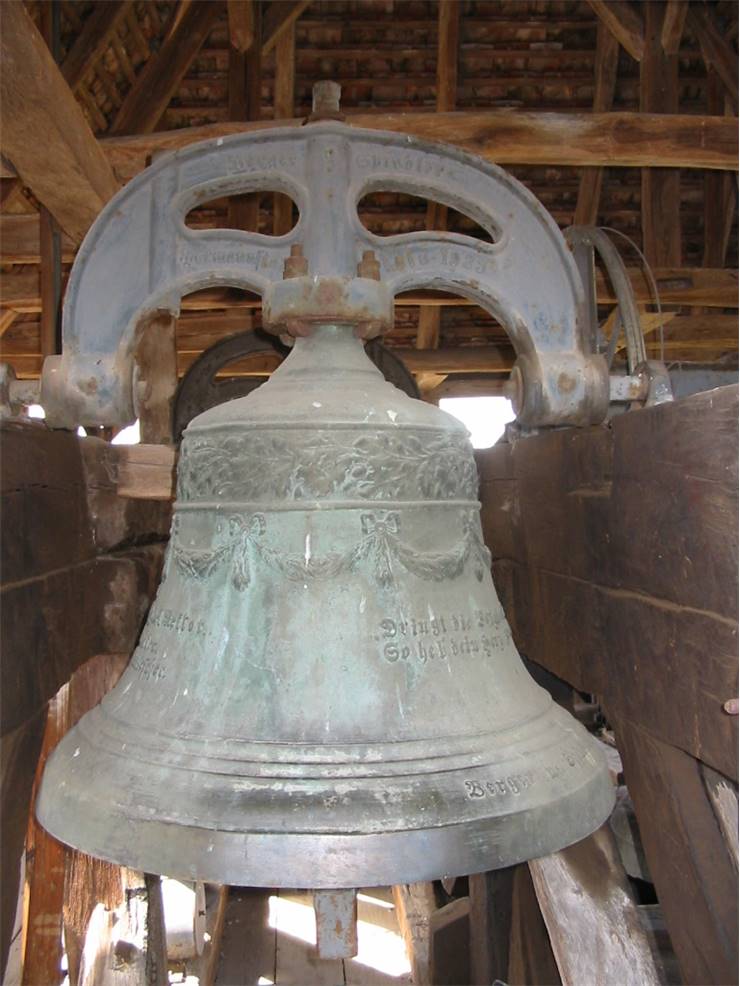Bell Metal - Materials for Functional Bells
Metal bells entered into production in 2000 BC in Ancient China were made from various metals who had many deficiencies (problems with oxidations, low elasticity, easy to be damaged by weather) and who were often unsuitable to produce resonating “attractive” sound that we know today. After centuries of practice, innovation and technical advancements, modern bells finally received their current form that enables them to remain in use up to 3000 years. The most crucial way they were able to do so is in discovering precise mix from witch their base component was made – 3000 year old bell metal.
Bell metal is a type of bronze that is used not only in manufacture of bells, but also for many other items such as eating utensils (especially in India), figurines, sculptures and production of early European cannons. Bell metal that is intended to be used in creation of functional and nicely sounding bells is a precise mixture of copper and tin. They are mixed in the ratio of about 4:1 (78% copper, 22% tin) and even though they are soft and formable metals, their joining create sturdy, slightly elastic, nicely vibrating, hard, lest ductile, and long wearing alloy that can resist oxidation and weathering, all properties that are perfect for bells. Verdigris that forms on their surface with the interaction to atmosphere creates a very useful protective patina that protects the bell against the further oxidation.

One of the most important qualities of bell metal is its ability to maintain resonance when struck and to produce attractive sound that vibrates like a string. This ability comes from the chemical forces that hold the tin and copper together, vibrating mildly when struck with the clapper and resisting any possibility of forming cracks. Clapper that strikes the bell metal can be made in various sizes and weights (it is also made from bell metal) and can strike the bell at speeds of up to 1000 kilometers per hour. Bells that are used in Russian churches have few other ingredients in their metal, most notably silver. This addition of silver changes the ways bells resonate, and creates unique sound that was in use since the early years of Russian Christianity.

